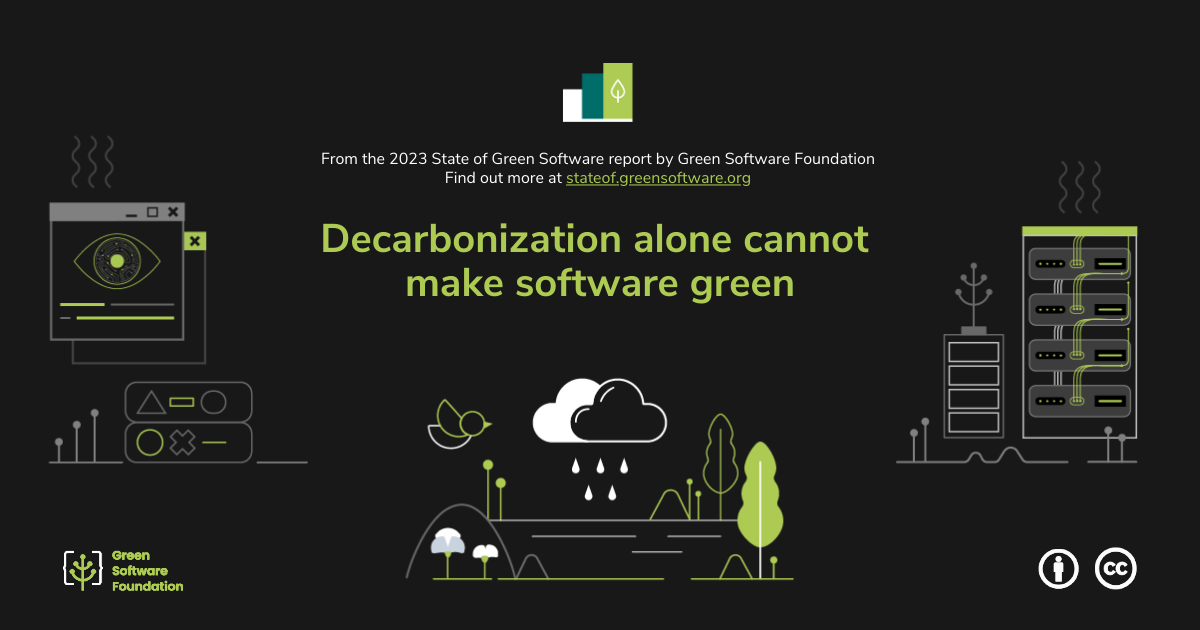Decarbonization alone cannot make software green
Carbon emissions are a significant part of the climate impact of software. Still high-energy workloads like generative AI require many other resources as well, including water. Energy efficiency and shifting to renewable resources alone cannot erase the environmental toll of AI. Along with calculating the carbon cost of ChatGPT and other powerful AI, software practitioners must consider the water footprint of these technologies. Water is a finite resource and AI’s water consumption is of particular concern in regions already experiencing drought.
Researchers at the University of California Riverside and the University of Texas Arlington have written a paper examining the water footprint of AI. They argue that “to respond to the global water challenges, AI models can, and also should, take social responsibility and lead by example by addressing their own water footprint.” In an interview, lead researcher Shaolei Ren says that “training GPT‑3 in Microsoft’s state-of-the-art U.S. data centers can directly consume 700,000 liters of clean fresh water (enough to produce 370 BMW cars or 320 Tesla electric vehicles), and the water consumption would have been tripled if training were done in Microsoft’s data centers in Asia. These numbers do not include the off-site water footprint associated with electricity generation.”
Ren raises an important point about the tensions between carbon efficiency and water efficiency; carbon efficient and water efficient times of day could be at odds, so developers must consider the effects of scheduling their model training for specific times of the day or in particular locations and weigh their options carefully. Ren suggests that in the same way that conference venues and publications require researchers to disclose the carbon cost of their AI training, researchers should have to calculate and disclose the water cost of their research.
The water footprint of the ICT industry is a known issue. Clean freshwater is used to generate electricity to power data center servers and is also used to cool servers. Microsoft, Amazon, and other companies have already promised to mitigate the water impact of their data centers. Despite these efforts, in 2021, which was a drought year, local reporters in The Netherlands found that Microsoft’s data centers were consuming much more drinking water than the company claimed, or 84 million liters in total rather than the between 12 and 20 million liters of water Microsoft had calculated.
